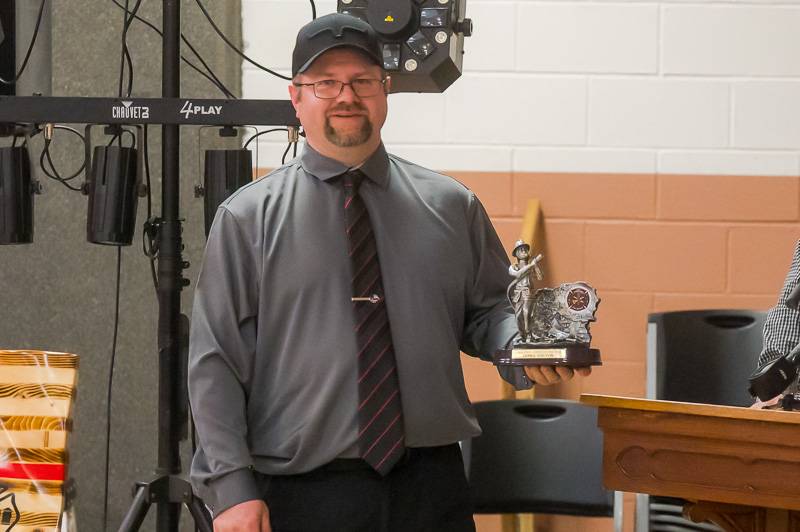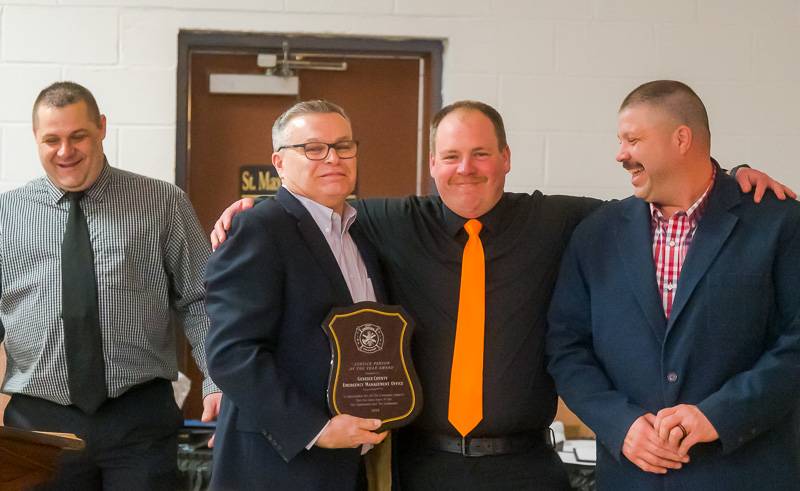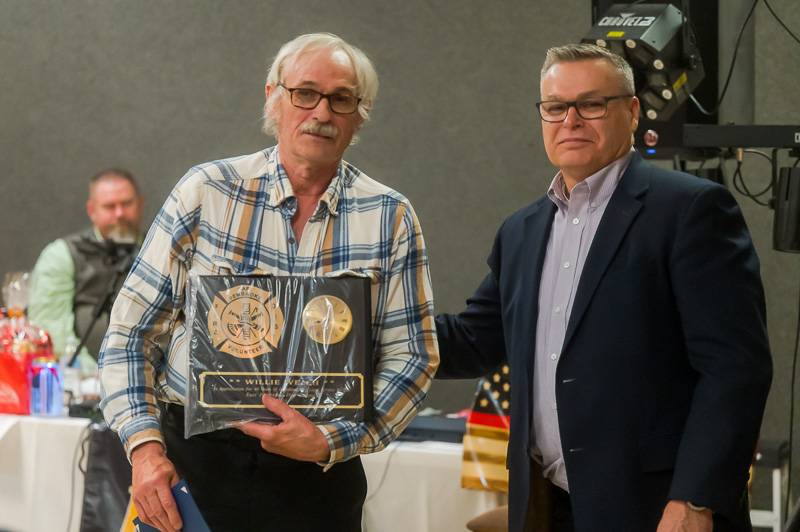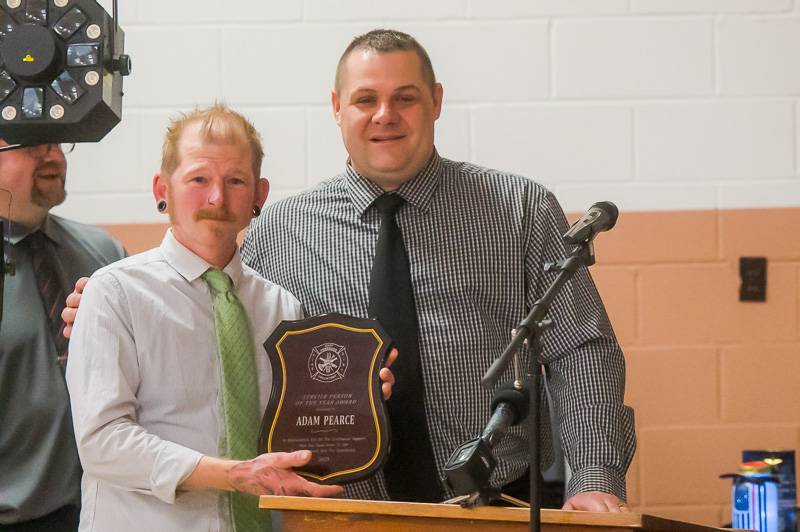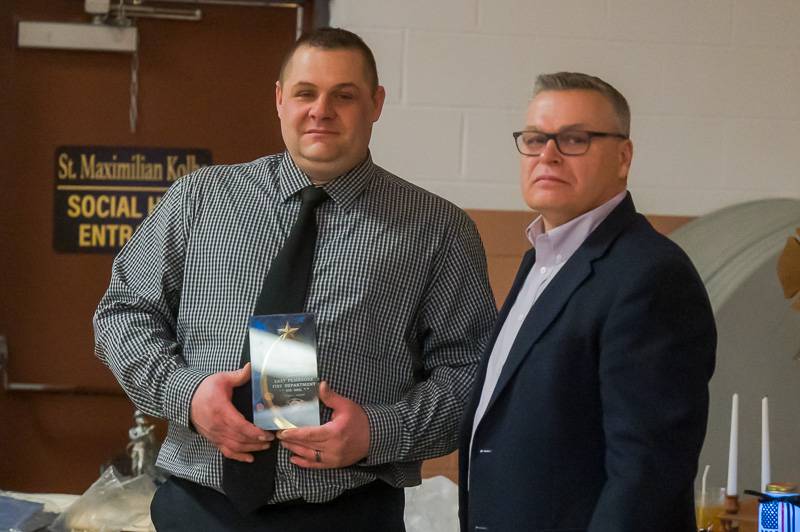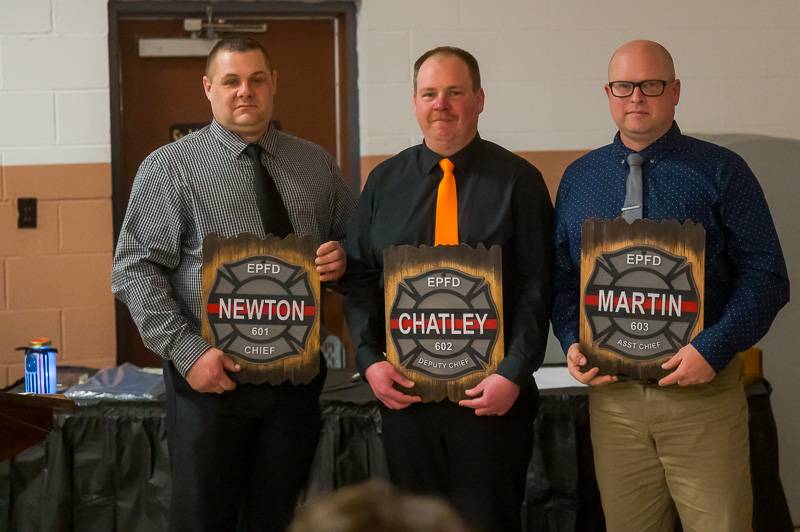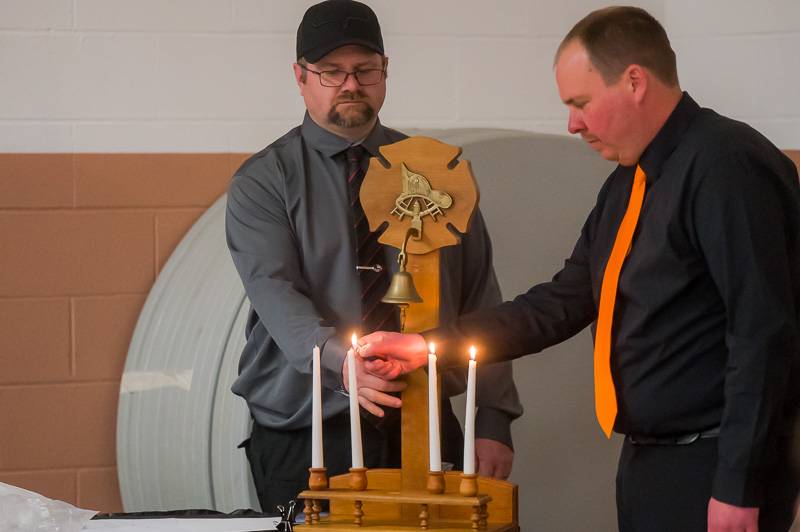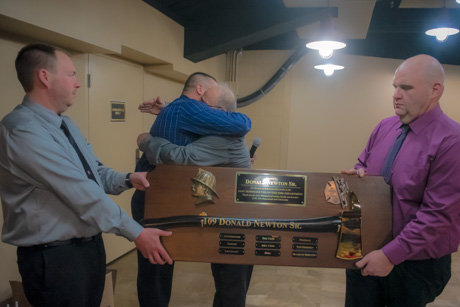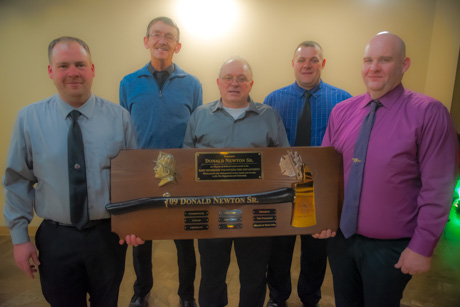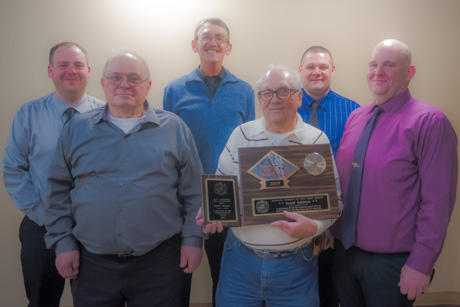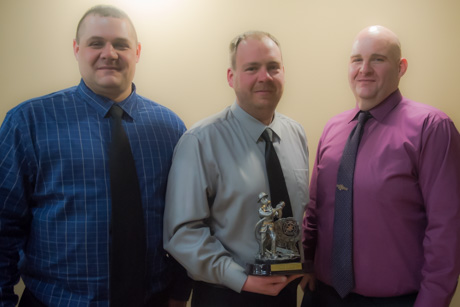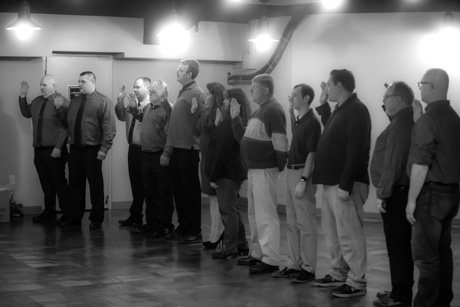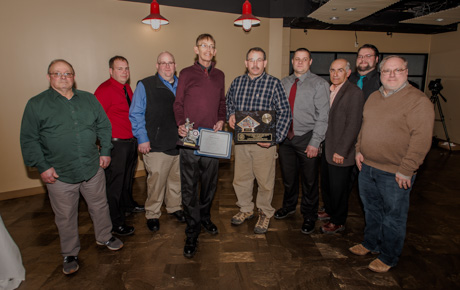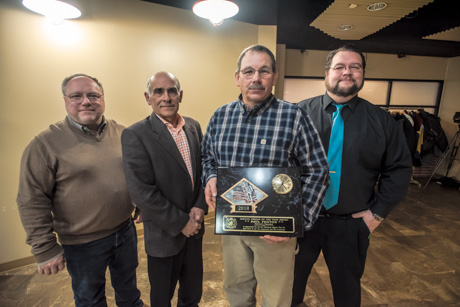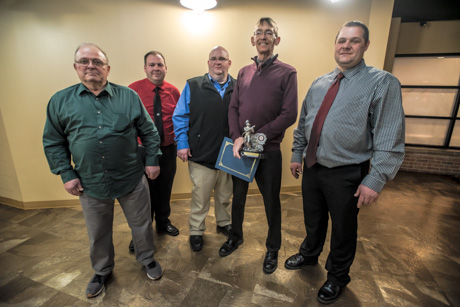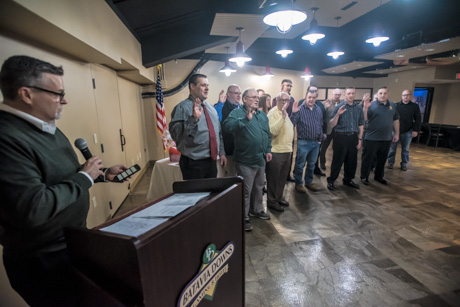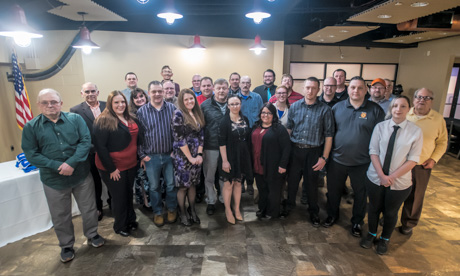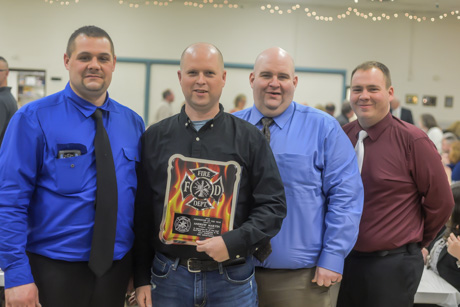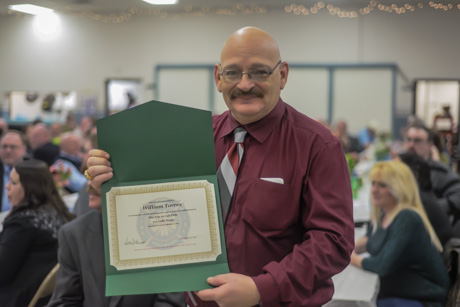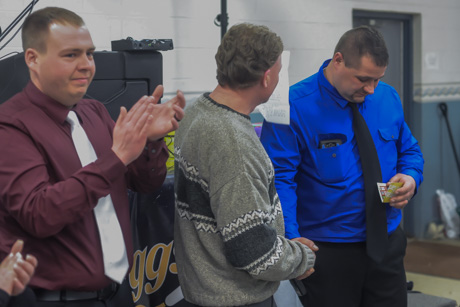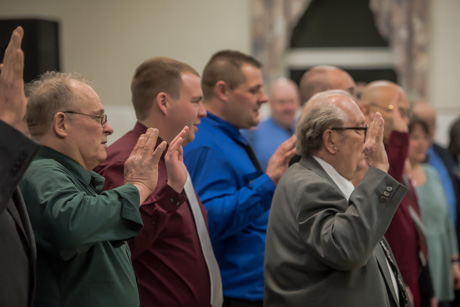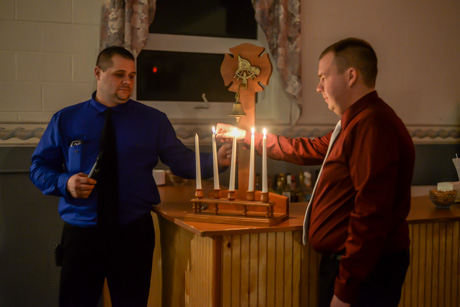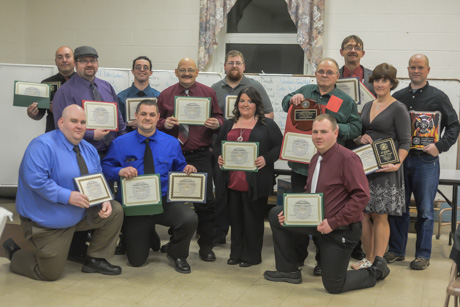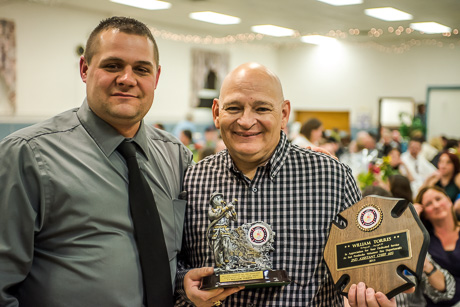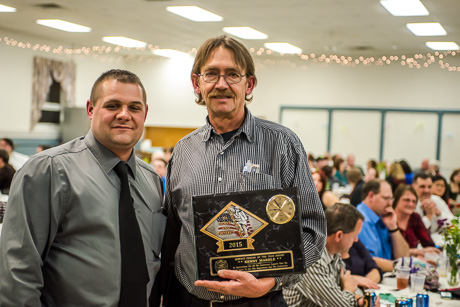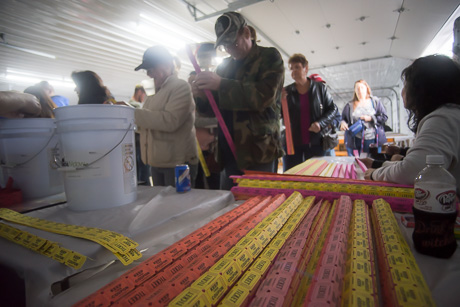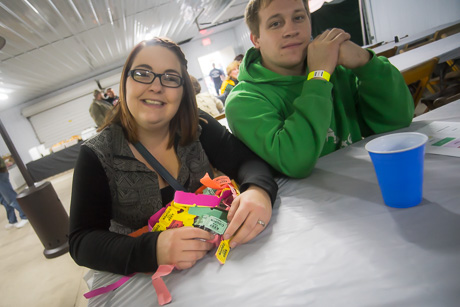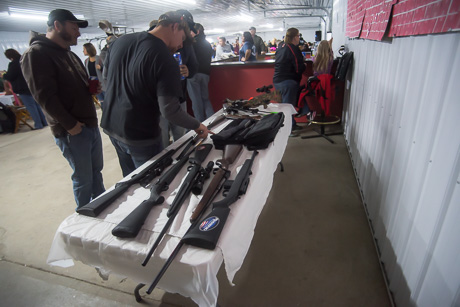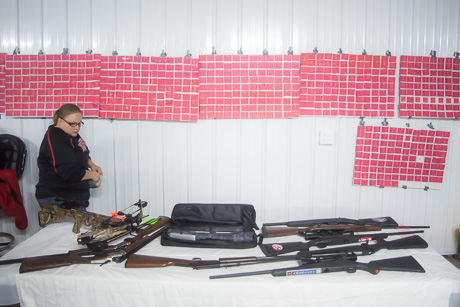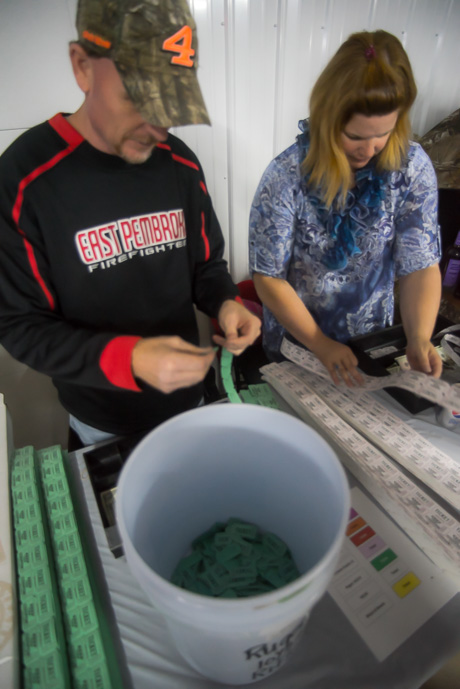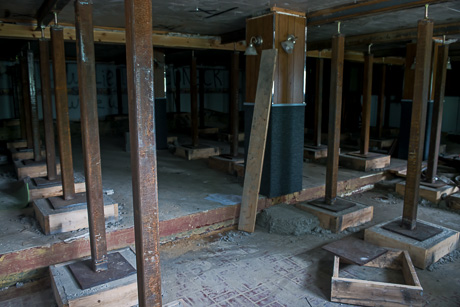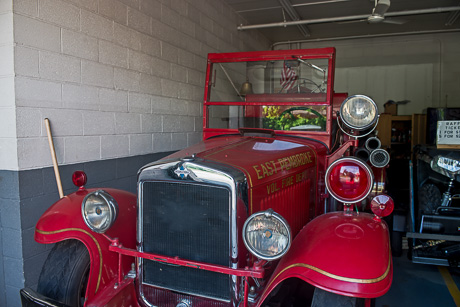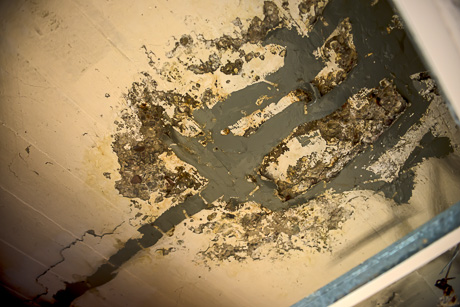Fram Oil Filters used to run a commercial with the tagline, "You can pay me now, or you can pay me later."
It may be the case that taxpayers in the East Pembroke Fire District decided earlier this week to the "pay me later" path for the future of keeping their homes and families safe in emergencies.
Voters turned down a proposal on Tuesday to fund a low-cost retirement program to help the fire department retain volunteers.
The measure was defeated 117 yes to 152 no.
Genesee County Emergency Management Coordinator Tim Yaeger said he is disappointed in the outcome of the vote. He sees on a daily basis what is going on with volunteer fire companies in the county -- declining membership, fewer people turning out to calls, fewer people in training classes.
"The volunteer service is in bad shape, and it's getting worse," Yaeger told The Batavian.
In a social media post, members of the East Pembroke department shared their disappointment.
"The East Pembroke Fire Department has always put the community first, helping out whenever anyone is in need. On your worst day, the volunteers stop their lives to help you for hours on end with no compensation," reads a post on the department's social media page. Individual members shared their disappointment in comments on the post.
Yaeger said he understands the hurt and frustration members are feeling but believes they will regroup and come to realize the vote was not a rejection of their service to the community.
"Once the emotion subsides, they'll see that is not the case," Yaeger said.
Volunteer firefighters do the job for free, putting in hundreds of hours annually, some more than a thousand, not just responding to calls but also going to training, attending meetings, maintaining equipment, and supporting fundraisers. It's an essential job with no pay, Yaeger noted. There is no pension. No health benefits. If you serve long enough, you might get a nice plaque at the end of your career.
"There are no benefits to being a volunteer firefighter other than it's a noble cause," Yaeger said. "And the calls are hard and getting harder. Most of them are EMS calls, and you're dealing with people who may not want you there. It might be drug overdose, and you're not welcome into the home, so it's disheartening (that this didn't pass)."
The program voters were asked to approve is known as LOSAP, or Length of Service Awards Program. It is run by an insurance company and would allow qualifying volunteers to earn $20 a month in retirement benefits for each year of service, with firefighters becoming fully vested after five years of qualifying service.
The cost to taxpayers in each of the first five years of the program -- when costs are at their highest because of a "buyback," allowing existing volunteers to qualify for five years of service -- would have been a maximum of 44 cents per $1,000 of assessed value on parcels in the district. After the first five years, the cost would have dropped by as much as two-thirds.
Issues that arose in the run-up to the vote were that residents had a hard time finding out what their actual individual cost to support the program would be. When The Batavian tried to find out, it took a couple of days to get a firm answer. The first time The Batavian asked the attorney for the district, Bradley Pinsky, what the rate would be, he said he was driving and didn't know. He suggested the reporter calculate the rate herself. Later he called back and said it was 96 cents per $1,000 of assessed value. That didn't sound right because it was way out of line with guesstimate numbers previously provided to The Batavian. The Batavian contacted District President James Gayton, who contacted Pinsky immediately. Pinsky admitted to an error in the calculation and said the correct figure was a maximum of 44 cents.
"East Pembroke is struggling for people to respond to calls," Yaeger said. "It’s a frustrating feeling not having enough people to do the job, and then you try to do something to attract and retain people, and it gets rejected by the people you’re trying to protect," Yaeger said.
Yaeger acknowledged that the rejection of the measure by voters may have come down to messaging. There was a lack of clear information on a tax rate, but there was also misrepresentation and disinformation spread by two opponents of the measure. That left voters confused, so they just voted no.
East Pembroke volunteers think they know who those people who sent out mailers with incorrect information are and have pointed fingers at former colleagues.
Yeager said in looking at some of the recommendations from consultants on how to shore up emergency response times -- which, for Yaeger, response times is the bottom line issue at stake -- he and the area chiefs anticipated that some long-time volunteers would resist some of the initiatives, including LOSAP, because some people always hate any kind of change.
"We didn't have it before. It's not needed now," is that attitude that sometimes pops up, which in putting forward these proposals, consultants warned could happen.
It's not just a declining membership role that is making the volunteer firefighting service a challenge, Yaeger said. Equipment costs are skyrocketing. Turnout gear is more expensive. The equipment used in emergencies is more expensive.
A fire truck that cost $500,000 just a couple of years ago now costs $800,000, and the wait to get the order filled can take up to two years.
The countywide goal for response times is 10 minutes or less, which can be difficult in a small rural county at any time, Yaeger said.
"My concern is mostly with getting a trained, qualified person to that home or business or accident when somebody calls 9-1-1," Yaeger said. "Our goal is to be able to respond to anybody's house within 10 minutes. That's a high target to shoot for in a rural county, but if you asked anybody how fast they want us there when their loved one is having a heart attack or other emergency, they say, 'minutes.' I'm more concerned with service delivery that we're unable to provide right now adequately."
While maintaining an adequate volunteer force is important, Yaeger's office is also looking at other recommendations from a consultant that include stationing full-time, paid firefighters in fire halls throughout the county on day shifts and supplementing their responses with volunteers as well as strategically placing ambulances outside of Batavia.
For Yaeger, keeping response times low is a matter of saving lives, but for property owners, there is also a financial cost to increased response times, which can go up when there are too few volunteers to respond to calls.
Insurance rates are based on a rating of fire services available to a particular parcel of property. The Insurance Service Organization scores response times based on 9-1-1 operations, water supply, hydrant capacity, drive time, fire apparatus and equipment, staffing and several other factors.
A shortage of volunteers can affect an ISO score, which means higher insurance costs for property owners.
A decline in volunteer membership will also hasten the day that the county must implement a plan that supplements volunteers with paid, career firefighters.
Yaeger doesn't yet foresee replacing volunteer departments with full-time paid departments, such as currently provides fire protection to the City of Batavia, and the semi-paid response teams, if they come, will be shared across departmental jurisdictions; for example, East Pembroke Fire District won't be shouldering the entire cost alone for such a service.
But when it is harder for a department to retain volunteers, such as the potential case now with East Pembroke's failure to approve LOSAP, it becomes much more likely that property owners in that district are looking at much higher tax bills to cover the costs of paid firefighters.
LOSAP probably would not have brought in new firefighters, Yaeger said, but it would have rewarded those volunteers who have given so much to the community -- not just fire protection but donations through fundraisers to local charities -- and that could have been an important retention tool to forestall higher fire protection costs down the road.
"When you consider the cost of equipment and maintenance and upkeep on a fire station in order to maintain response times, it's going to cost money," Yaeger said. "What that total expense is, I don't know, but if we can't count on volunteers, we can only look to paid firefighters or a pay-per-call model because we're having trouble retaining volunteers, and it's getting worse every day."
